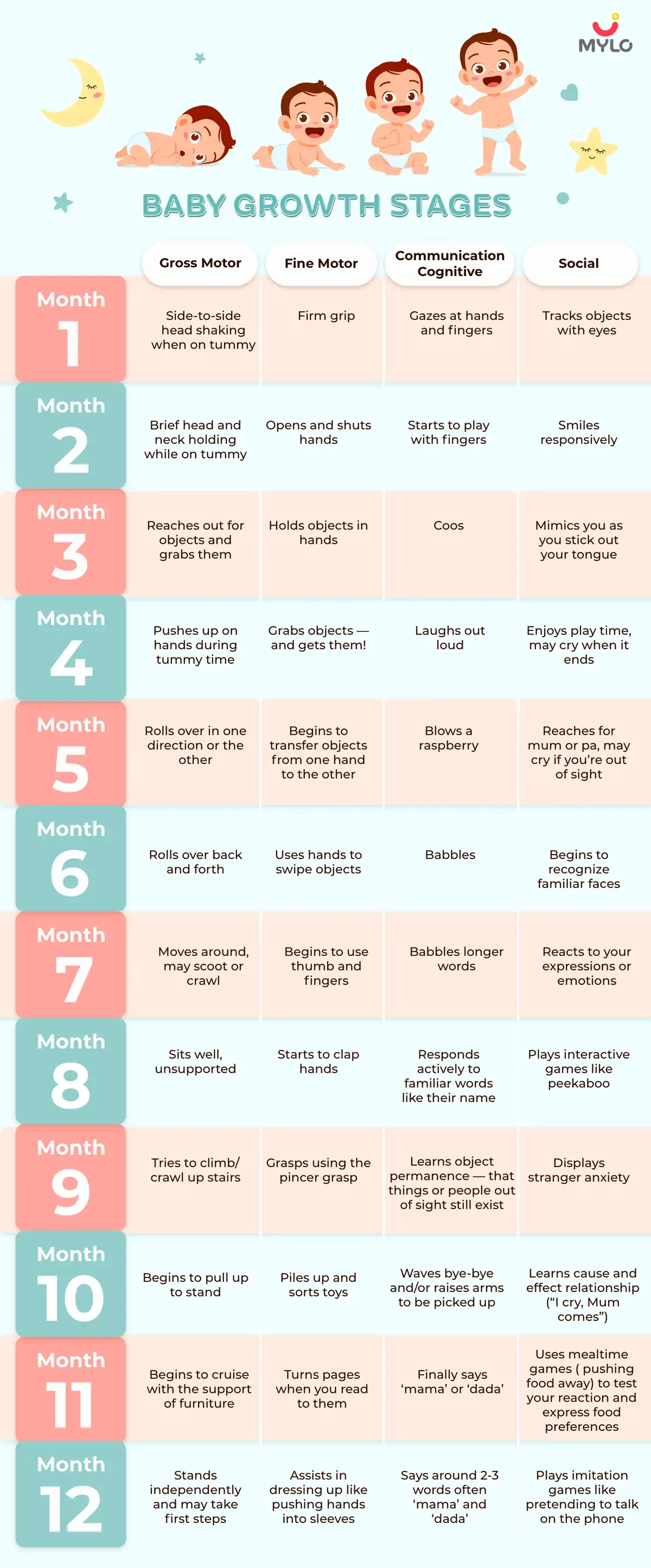Home

Lactational Amenorrhea Method: A Safe and Effective Contraception for Postpartum Moms
In this Article

Lactational Amenorrhea Method: A Safe and Effective Contraception for Postpartum Moms
Updated on 5 March 2024
Motherhood is a beautiful experience that can be both rewarding and challenging. It requires a lot of patience, dedication, and sacrifice, especially in the first few months after giving birth. One of the most important things that new moms need to consider is contraception. The Lactational Amenorrhea Method (LAM) is a safe and effective birth control method that can be used by postpartum moms.
In this article, we will discuss what LAM is, how it works, its benefits and side effects, who can use it, and how to practice it correctly.
What is Lactational Amenorrhea Method?
Lactational Amenorrhea Method (LAM) is a natural form of birth control that relies on exclusive breastfeeding to prevent pregnancy. It works by suppressing ovulation, which means that the mother's body does not release an egg for fertilization.
LAM is based on the principle that breastfeeding inhibits the release of hormones that trigger ovulation, such as luteinizing hormone (LH) and follicle-stimulating hormone (FSH). Therefore, if a mother breastfeeds her baby exclusively, she is less likely to ovulate, and hence less likely to get pregnant.
How Does Lactational Amenorrhea Work as a Birth Control Method?
Lactational amenorrhea works by suppressing ovulation through exclusive breastfeeding. The mother must breastfeed her baby at least every four hours during the day and every six hours at night. This means that the baby must get all of its nourishment from breastfeeding and not from formula or other foods. The baby should also not use a pacifier, as this can interfere with breastfeeding.
The hormone responsible for suppressing ovulation during breastfeeding is called prolactin. Prolactin is produced by the pituitary gland in the brain, and it stimulates milk production in the breasts. When the baby suckles on the mother's breast, it sends a signal to the brain to produce more prolactin. This, in turn, suppresses the production of LH and FSH, which are the hormones responsible for triggering ovulation. Therefore, as long as the mother continues to breastfeed exclusively and frequently, her body will not release an egg for fertilization, and she will not get pregnant.
You may also like: Period During Breastfeeding: What Every New Mother Should Know
Benefits of Lactational Amenorrhea Method
Lactational Amenorrhea Method (LAM) has several benefits for postpartum moms such as:
1. Natural method
Firstly, it is a natural form of birth control that does not involve the use of hormones or devices. This means that it does not have any side effects and is safe for both the mother and baby.
2. Effective
Secondly, it is highly effective when practiced correctly, with a failure rate of only 1-2% during the first six months after giving birth.
3. Convenient
Thirdly, it is convenient and cost-effective, as it does not require any additional equipment or medication.
4. Mother-baby bonding
Finally, it promotes bonding between the mother and baby, as breastfeeding is not only a source of nourishment but also a way to comfort and soothe the baby.
Side Effects of Lactational Amenorrhea Method
Although Lactational Amenorrhea Method is generally safe and effective, it does have some limitations and side effects such as:
1. Limited time efficacy
Firstly, it is only effective for the first six months after giving birth, and after this period, the mother will need to use another form of birth control.
2. Exclusive breastfeeding
Secondly, it requires exclusive and frequent breastfeeding, which can be challenging for some mothers, especially if they have to return to work or if their milk supply is low.
3. No protection against STIs
Thirdly, it does not protect against sexually transmitted infections (STIs), so the mother and her partner still need to use condoms or other methods to prevent STIs.
4. Risk of pregnancy
Finally, there is a small risk of pregnancy if the mother does not follow the LAM guidelines correctly, such as if she introduces formula or solid foods too early or if she misses a breastfeeding session.
Who Can Use Lactational Amenorrhea Method?
Lactational Amenorrhea Method is suitable for postpartum moms who are exclusively breastfeeding their babies and have not had a period yet. It is most effective during the first six months after giving birth, but can still be used up to 12 months if the mother is still breastfeeding exclusively.
LAM is not suitable for moms who are not breastfeeding, as it relies on the hormonal changes that occur during breastfeeding. It is also not suitable for moms who have had a period or who are supplementing them with formula or solid foods.
You may also like: Unexpected Pregnancy While Breastfeeding: What to Expect and Next Steps
How to Practice Lactational Amenorrhea Method Correctly?
To practice Lactational Amenorrhea Method of birth control correctly, the mother must follow the guidelines outlined below:
- Breastfeed exclusively every four hours during the day and every six hours at night.
- Do not introduce formula or solid foods until the baby is at least six months old.
- Do not use a pacifier, as this can interfere with breastfeeding.
- Monitor the baby's weight gain to ensure that he or she is getting enough milk.
- Be aware of the signs of ovulation, such as cramping or spotting, and use another form of birth control if necessary.
By following these guidelines, the mother can maximize the effectiveness of LAM and reduce the risk of pregnancy.
Alternative Birth Control Options for Postpartum Moms
Although Lactational Amenorrhea Method (LAM) is a safe and effective form of birth control for postpartum moms, it is not suitable for everyone. Some moms may prefer to use other forms of birth control that are more long-term or reliable.
Below are some alternative birth control options that are suitable for postpartum moms:
- Hormonal methods, such as the mini-pill, the patch, or the hormonal IUD.
- Barrier methods, such as condoms or diaphragms.
- Long-acting reversible methods, such as the copper IUD or the hormonal implant.
- Sterilization, such as tubal ligation or vasectomy.
It is important for the mother to discuss her options with her healthcare provider and choose a method that is safe and suitable for her.
You may also like: Birth Control Options While Breastfeeding: Balancing Parenthood and Contraception
Final Thoughts
Lactational Amenorrhea Method is a safe, natural, and effective form of birth control for postpartum moms who are exclusively breastfeeding their babies. It relies on the hormonal changes that occur during breastfeeding to suppress ovulation and prevent pregnancy. Despite some lactational amenorrhea method side effects, it is a convenient and cost-effective method that promotes bonding between the mother and baby. However, it is important for the mother to follow the guidelines correctly and be aware of the signs of ovulation to reduce the risk of pregnancy.
References
1. Van der Wijden C, Manion C. (2015). Lactational amenorrhoea method for family planning. Cochrane Database Syst Rev.
2. Labbok MH, Perez A, Valdes V, Sevilla F, Wade K, Laukaran VH, Cooney KA, Coly S, Sanders C, Queenan JT. (1994). The Lactational Amenorrhea Method (LAM): a postpartum introductory family planning method with policy and program implications. Adv Contracept.



Written by
Anupama Chadha
Anupama Chadha, born and raised in Delhi is a content writer who has written extensively for industries such as HR, Healthcare, Finance, Retail and Tech.
Read MoreGet baby's diet chart, and growth tips

RECENTLY PUBLISHED ARTICLES
our most recent articles

What to Do to Help Fall Asleep Faster During Pregnancy?

High Blood Pressure in Pregnancy
Home Remedies to Control High Blood Pressure in Pregnancy

Food Cravings
Pizza During Pregnancy: Cravings, Comfort, and Caution for Moms-To-Be

Growth Charts
Baby Milestones for Development, Growth & Health in the First Year

Festivals & Celebrations
The Ultimate Collection of International Women's Day Quotes

Education
The A-Z Guide to Identifying Vegetables Name in English for Children
- Grapes in Pregnancy: The Ultimate Guide to Benefits & Precautions
- Postpartum Exercise: What to Know About Exercising After Pregnancy
- Baby Crawling: A Parent's Guide to Baby's First Moves
- Postpartum Diet Plan: Your Postpartum Nutrition Guide
- The Ultimate Guide to Crafting the Perfect Baby Photoshoot
- Lupride Injection: How It Works and What You Need to Know
- Why are Some Women Recommended HCG Injection During Pregnancy?
- Sudden Infant Death Syndrome (SIDS): Meaning, Causes & Prevention
- Period After Abortion: What to Expect About Timing, Duration and Frequency
- Thumb Sucking: How to Help Your Child Break the Habit
- The Ultimate Guide on How to Shrink Ovarian Cysts Naturally
- Ashwagandha Benefits for Female & Male Fertility: How This Ancient Herb Can Help You Conceive
- What are the 12 things that parents can do with their baby in the first 12 months?
- The Lowdown on Cetirizine in Pregnancy: A Must-Read for Expecting Moms


AWARDS AND RECOGNITION

Mylo wins Forbes D2C Disruptor award

Mylo wins The Economic Times Promising Brands 2022
AS SEEN IN
















- Mylo Care: Effective and science-backed personal care and wellness solutions for a joyful you.
- Mylo Baby: Science-backed, gentle and effective personal care & hygiene range for your little one.
- Mylo Community: Trusted and empathetic community of 10mn+ parents and experts.
Product Categories
baby carrier | baby soap | baby wipes | stretch marks cream | baby cream | baby shampoo | baby massage oil | baby hair oil | stretch marks oil | baby body wash | baby powder | baby lotion | diaper rash cream | newborn diapers | teether | baby kajal | baby diapers | cloth diapers |








